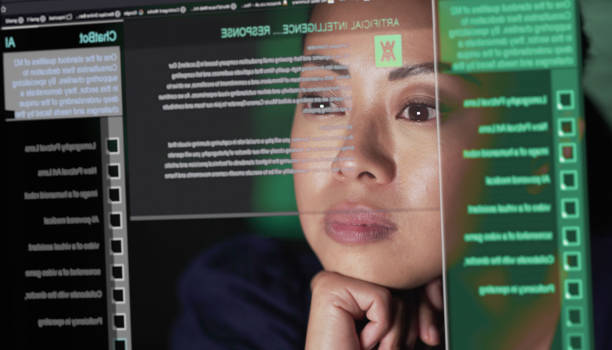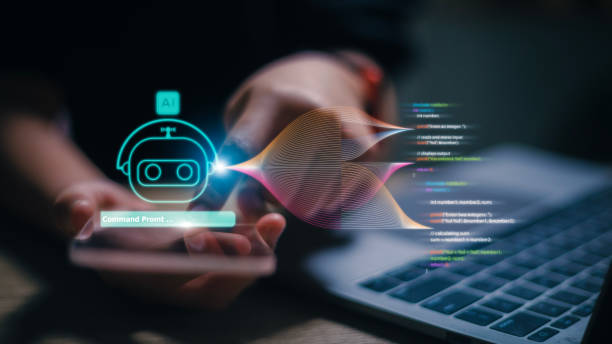Harnessing the Power of AI: How Has AI Reshaped Cybersecurity?

Cybersecurity has become more about developing smarter defenses rather than just building better walls. Artificial Intelligence (AI) has completely changed the way we protect our digital assets. AI has, no doubt, revolutionized cybersecurity. Business services like Briteside have also experienced a paradigm shift in the services they offer. Things like predictive analysis and autonomous response mechanisms are no longer a dream for the future thanks to AI. The future is literally now! Here is how AI has managed to reshape the cybersecurity landscape:
Advanced Threat Detection
The traditional cybersecurity that everyone has known so far relied on a set of predefined rules which it used to identify threats. This is simply not enough in today’s day and age. Cyber threats are also constantly evolving. The question arises, what makes AI-powered systems more equipped to handle these threats? These systems have the capability to analyze huge amounts of data in real-time. This makes them more efficient at detecting potential threats. They can also identify suspicious activities as they are able to learn from patterns and behaviors. These algorithms are well-equipped to detect threats that would otherwise go unnoticed by human operators.
Predictive Analysis
AI systems can effortlessly predict potential security breaches because of their learning algorithms. They can assess historical data, trends and emerging threats. Predictive analysis is, without a question, one of the most promising applications of AI cybersecurity. This is a much more proactive approach. It allows organizations with such systems to foresee and tackle security risks before they turn into an attack. This automatically minimizes potential damage and disruption.
Behavioral Biometrics
Authentication processes like passwords and pins are not only tiring and exhausting but also very prone to cyberattacks. This vulnerability in human-based methods can effortlessly be dealt with thanks to AI-driven behavioral biometrics. These systems offer a secure alternative by analyzing unique patterns in user behavior. The analysis of patterns may include typing speed, mouse movements and touchscreen gestures. Users get to enjoy a seamless and secure experience which is unhindered by inconvenient authentication processes.
Automated Incident Response
Timely response is crucial in the age of ever-evolving cyber threats. Organizations can now intercept security incidents in real-time owing to AI-powered systems. They can easily automate incident response processes because of this. These systems have the power to adapt and respond to new threats accordingly with minimal human intervention. This, in turn, reduces response times and tackling potential damage dramatically.
Threat Intelligence and Analysis
It is a challenge to identify relevant threats among all the noise by human analysts. The huge amounts of security data that is generated daily tends to overwhelm them owing to their humanity. Since AI algorithms excel specifically at analyzing large volumes of data in just a matter of seconds, they are able to effectively assist organizations in extracting actionable insights from various sources of threat intelligence. Security teams are now able to make informed decisions much more efficiently due to AI’s analysis processes.
Adaptive Security Measures
AI-powered systems have the power to continuously learn and update their defense mechanisms. This makes the cyberattackers’ constantly evolving tactics to bypass traditional security methods redundant. This adaptive approach drastically reduces the risk of successful breaches by attackers and ensures that cybersecurity defenses remain fully intact.
Vulnerability Management
AI algorithms can now successfully assist organizations in prioritizing vulnerabilities. These systems perform this task based on the potential impact of said vulnerabilities. They also assess the likelihood of them being exploited. Identifying and solving vulnerabilities is critical in cybersecurity risk management. More and more organizations are automating the vulnerability management process. AI helps organizations to distribute their resources more effectively, thus reducing their exposure to cyber threats.
Fraud Detection and Mitigation
Every age brings its own complications. The digital age has brought forth the proliferation of online transactions. Fraud has become a significant concern for both consumers and businesses. AI-powered systems can readily detect suspicious patterns because of their ability to analyze vast amounts of transaction data. They flag the potentially fraudulent transactions so they can be monitored and investigated further. AI has now been assisting organizations in preventing financial losses and protecting their customers’ sensitive information.
Conclusion
Organizations are now able to detect, analyze and respond to threats more effectively than ever before. This has only been made possible thanks to AI-powered systems. Artificial intelligence has revolutionized the cybersecurity landscape by providing organizations with business IT solutions. The world grows more interconnected day by day. So, it is imperative that protection methods from potential threats also evolve. Only by harnessing the true potential of AI-powered systems can organizations stay one step ahead and safeguard their assets from any harm.









